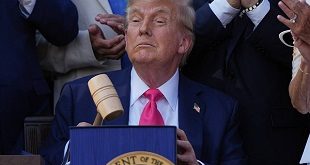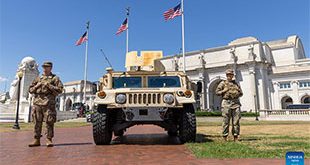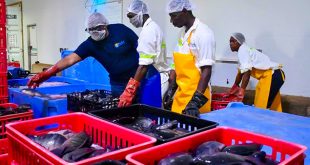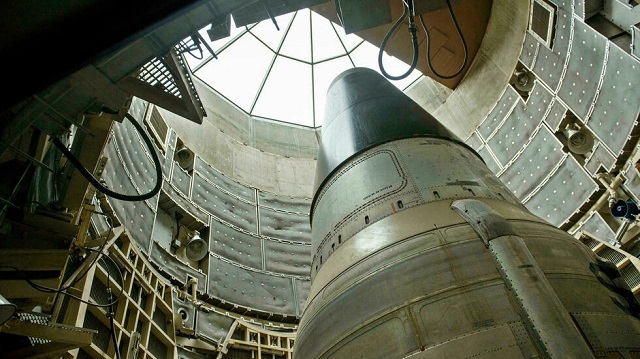
U.S. and Russia lead nuclear arms race with 90% of all nuclear weapons
NEWS ANALYSIS | IAN KATUSIIME | The Russian invasion of Ukraine in February sparked fears of a direct confrontation between two of the world’s greatest superpowers, U.S. and Russia. The fears intensified because the two nations have the largest nuclear arsenals on the planet.
New findings by Stockholm International Peace Research Institute (SIPRI), a security think tank, contained in the SIPRI Yearbook 2022 puts those fears into perspective saying nuclear arsenals are expected to grow in the next decade.
The Yearbook released on June 13 says that the nine nuclear-armed states; the U.S. Russia, U.K., France, China, India, Pakistan, Israel and the North Korea continue to modernise their nuclear arsenals and although the total number of nuclear weapons declined slightly between January 2021 and January 2022, the number will probably increase in the next decade.
“All of the nuclear-armed states are increasing or upgrading their arsenals and most are sharpening nuclear rhetoric and the role nuclear weapons play in their military strategies,” said Wilfred Wan, Director of SIPRI’s Weapons of Mass Destruction Programme. “This is a very worrying trend,” he added.
The SIPRI Yearbook 2022 assesses the current state of armaments, disarmament and international security. “Of the total inventory of an estimated 12,705 warheads at the start of 2022, about 9,440 were in military stockpiles for potential use. Of those, an estimated 3,732 warheads were deployed with missiles and aircraft, and around 2000—nearly all of which belonged to Russia or the USA—were kept in a state of high operational alert,” the report states.
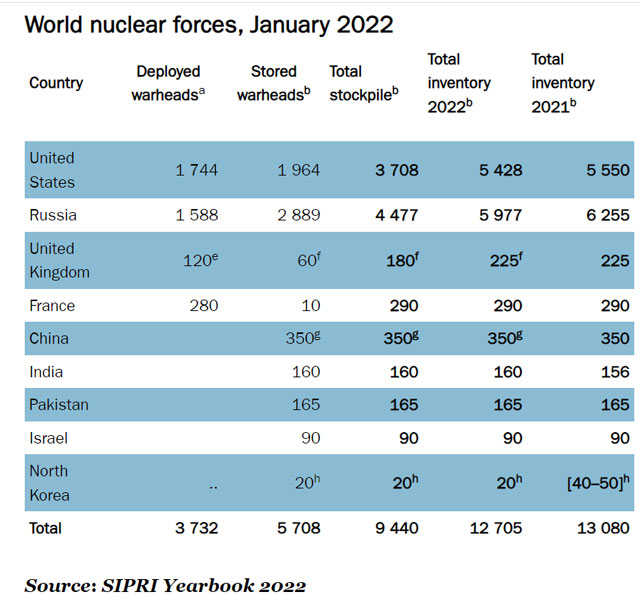
SIPRI noted that although Russian and U.S. total warhead inventories continued to decline in 2021, this was due to the dismantling of warheads that had been retired from military service several years ago. The number of warheads in the two countries’ useable military stockpiles remained relatively stable in 2021, according to the Yearbook.
It added that both countries’ deployed strategic nuclear forces were within the limits set by a bilateral nuclear arms reduction treaty (2010 Treaty on Measures for the Further Reduction and Limitation of Strategic Offensive Arms, New START). START is Strategic Arms Reduction Treaty.
Accordingly, the New START, which took effect in December 2021, does not limit total non-strategic nuclear warhead inventories.
“There are clear indications that the reductions that have characterised global nuclear arsenals since the end of the cold war have ended,’ said Hans M. Kristensen, Associate Senior Fellow with SIPRI’s Weapons of Mass Destruction Programme and Director of the Nuclear Information Project at the Federation of American Scientists (FAS).
“Russia and the USA together possess over 90 per cent of all nuclear weapons. The other seven nuclear-armed states are either developing or deploying new weapon systems, or have announced their intention to do so,” the Yearbook notes.
China which is regarded as the fastest growing nation on earth is not too far behind in the nuclear arms race too as SIPRI notes that it “is in the middle of a substantial expansion of its nuclear weapon arsenal, which satellite images indicate includes the construction of over 300 new missile silos.”
Nuclear diplomacy
As the nuclear race heats up, diplomats have swung into action to prevent any potential nuclear wars. As a result, there were several landmarks in nuclear diplomacy during the past year. SIPRI noted that the Treaty on the Prohibition of Nuclear Weapons (TPNW) came into force in January 2021, having received the required 50 state ratifications.
Other diplomatic triumphs include the extension for five years of New START, the last remaining bilateral arms control agreement between the world’s two leading nuclear powers; and the start of talks on the U.S. rejoining, and Iran returning to compliance with, the Iran nuclear deal, known formally as the Joint Comprehensive Plan of Action (JCPOA).
“During 2021, the nuclear-armed permanent members (P5) of the United Nations Security Council—China, France, Russia, the UK and the U.S.—worked on a joint statement that they issued on 3 January 2022, affirming that ‘nuclear war cannot be won and must never be fought’.”
The permanent members also reaffirmed their commitment to complying with non-proliferation, disarmament and arms control agreements and pledges as well as their obligations under the 1968 Treaty on the Non-Proliferation of Nuclear Weapons, and pursuing the goal of a world without nuclear weapons.
Despite this, all P5 members continue to expand or modernise their nuclear arsenals and appear to be increasing the salience of nuclear weapons in their military strategies. “Russia has even made open threats about possible nuclear weapon use in the context of the war in Ukraine. Bilateral Russia–USA strategic stability talks have stalled because of the war, and none of the other nuclear-armed states are pursuing arms control negotiations.”
Moreover, the P5 members have voiced opposition to the TPNW, and the JCPOA negotiations have not yet reached a resolution.
“Although there were some significant gains in both nuclear arms control and nuclear disarmament in the past year, the risk of nuclear weapons being used seems higher now than at any time since the height of the cold war,” said SIPRI Director Dan Smith.
 The Independent Uganda: You get the Truth we Pay the Price
The Independent Uganda: You get the Truth we Pay the Price



